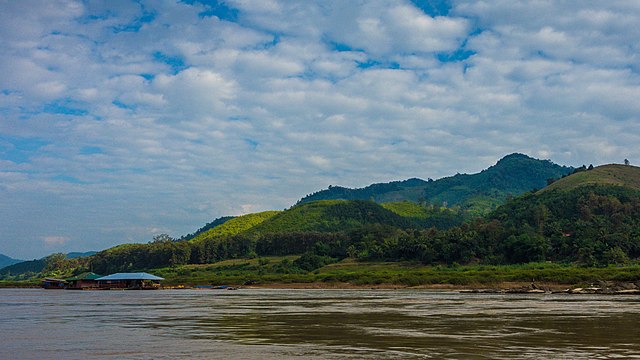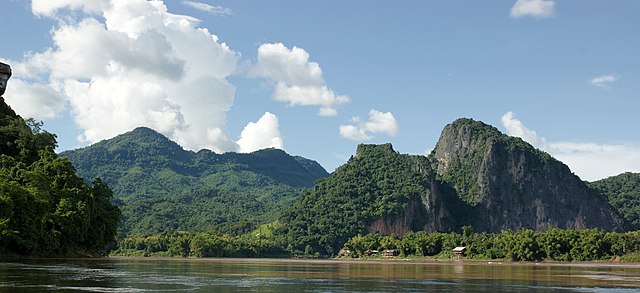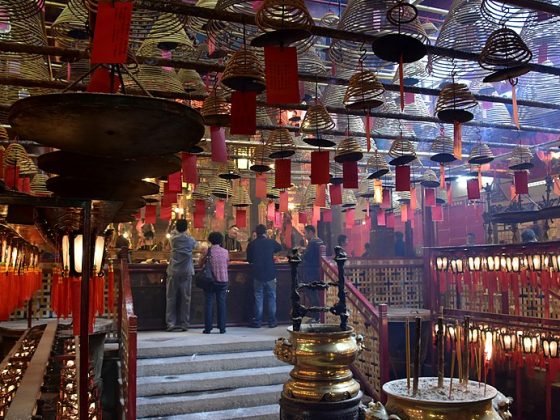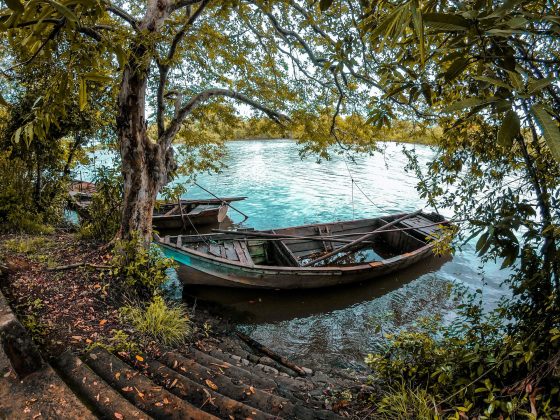The Mekong river is one of the most important rivers in Southeast Asia and is originated in the Tibetan Plateau, and flows through China, Thailand, Myanmar, Laos, Cambodia, and Vietnam before reaching the South China Sea. The river has played a vital role in the development and history of the region for thousands of years.
Early Civilisations
The earliest known civilization in the Mekong River basin was the kingdom of Funan, which existed from the 1st to the 6th century AD. This civilization was heavily influenced by Indian culture and was known for its complex system of irrigation and rice cultivation. While in the early days crossing the river may not have been as simple, today, tourists who wish to ride along a Mekong River cruise in Luang Prabang can do so quite easily by contacting Mekong Kingdoms.
The Khmer Empire
In the 9th century, the Khmer Empire emerged in the Mekong River basin and went on to become one of the most powerful empires in Southeast Asia. The Khmer Empire built a vast network of canals and reservoirs to irrigate their rice fields and constructed impressive temples such as Angkor Wat.
The Colonial Period
During the colonial period, the Mekong River became an important trade route as European powers sought to gain control of the region’s resources. France established a protectorate over Indochina, which included present-day Vietnam, Laos, and Cambodia, and built a series of dams and locks on the Mekong to facilitate navigation.
Post-World War II Period and Recent Developments

After World War II, the Mekong River basin became a major theatre of conflict as various countries in the region fought for independence. In recent years, the Mekong River has become a source of tension as China has built a series of dams upstream, which have been criticised for their impact on downstream countries. These countries are concerned about the dams reducing the flow of water, which is essential for their agriculture and livelihoods.
Despite these challenges, the Mekong River remains a vital source of water, food, and transportation for the people living in the region. It is also an important tourist destination, drawing visitors to its scenic landscapes, colourful markets, and ancient temples.











